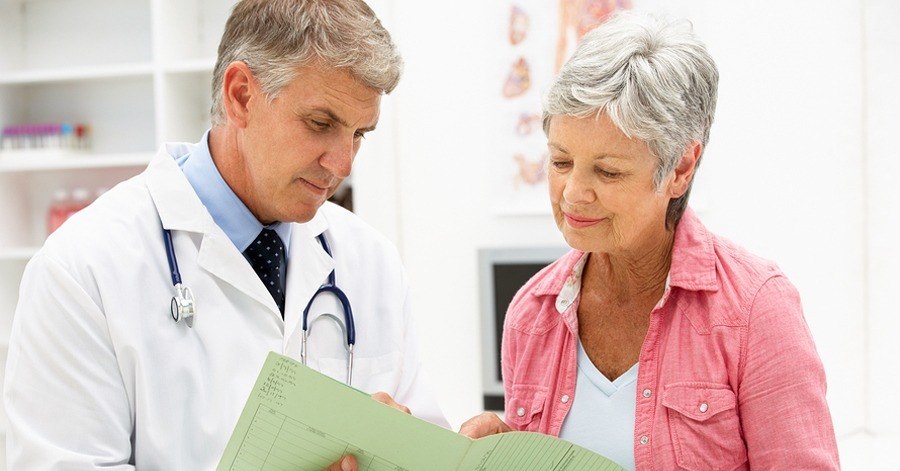What Causes Pilonidal Cysts?

There's a spot at the cleft of your buttocks that is tender and sore. What is it? According to your doctor, it's an infected pilonidal cyst.
You're probably wondering, "How did this occur? What happened to put me through this misery? And what can I do to keep it from happening again?"
I know that you want insight on this infection that is causing you so much trouble right now, so I've put together this guide that will fill you in on what causes pilonidal cysts.
Where Did This Come From?
Infection of a pilonidal cyst occurs in stages. First is the development of the cyst. Next is the infection stage.
Cyst Formation
A pilonidal cyst begins with an opening in the skin. Experts believe that a hair, particularly one that is tough or coarse, punctures the skin at the top of the buttocks. The hair works its way under the skin.
A cyst forms around the invading hair because your body treats it as a foreign object. Debris, dead skin and more hairs can become trapped in this cyst.
Another theory for pilonidal cysts is that a hair follicle in the region may rupture because of irritation in the area. At the site of this injury, a cyst forms. Over time, hair and other debris work their way into this cyst.
It's worth noting that some people are born with a sacral dimple. This is a small tunnel leading from the skin in this region. It is generally harmless but may someday become infected like a pilonidal cyst that forms later in life.
Infection
The pilonidal cyst can become infected. When that happens, it is then called an abscess.
Although your pilonidal cyst may not have been noticeable before it was infected, once an abscess develops, you will probably start experiencing symptoms.
The upper region of your buttocks may be sore or painful. It is normal for the pain to be worse when you sit down or touch the region. The cleft of your buttocks may look red or swollen.
An infection may even cause you to have a fever, or you could feel nauseous.
A pilonidal sinus may develop in conjunction with the abscess. This is a small channel that leads from the infection site to the outside of the body. One access may have more than one pilonidal sinus. Pus may drain from these openings, and a bad smell may accompany it.
You can see such an opening in the video "Root of Infection in Pilonidal Cyst Abscess."
Risk Factors
There are multiple risk factors that can contribute to a person's likelihood of developing pilonidal cysts. Some factors, you have no control over.
You may have more control over some of the other factors, however:
What Can Be Done About It?
The first line of treatment for a pilonidal cyst is usually a simple in-office procedure. The doctor will numb the area and then drain the cyst.
If further intervention is required, your doctor may recommend surgery. In an excision procedure, the cyst area is cut out of the body. This may be coupled with a laser procedure to close the accompanying channel, or a laser treatment alone may be used to heal the cyst.
Learn more about treatment options in the article "A Patient's Guide to Pilonidal Cysts: What You Need to Know."
How Do I Keep It From Happening Again?
Understanding what causes pilonidal cysts can help you take steps to prevent a recurrence.
Careful grooming around the buttocks is recommended. The area where your cyst was should be kept clean and dry. Your doctor will probably recommend that you practice hair removal in this area; you can shave it or use depilatories.
Lifestyle changes can also help. Avoid sitting for extended periods. If your weight is a contributing factor, weight loss may help reduce your chances of a recurrence.
Find more tips for cyst prevention in the article "All About Pilonidal Cysts: Symptoms, Causes, Prevention and Treatment."
An infected pilonidal cyst is an uncomfortable but common problem. Although you're surely anxious to get the problem cleared up, you now have a better understanding of how it happened, and you can take steps to limit your chances of recurrence.
If you have questions about what causes pilonidal cysts, please leave a comment.
